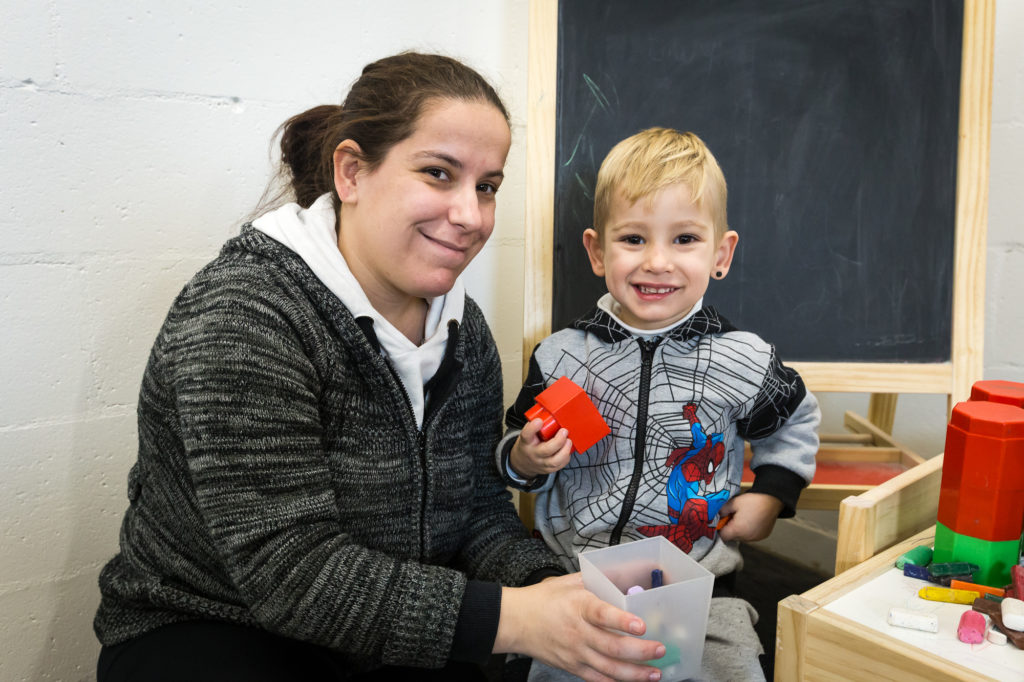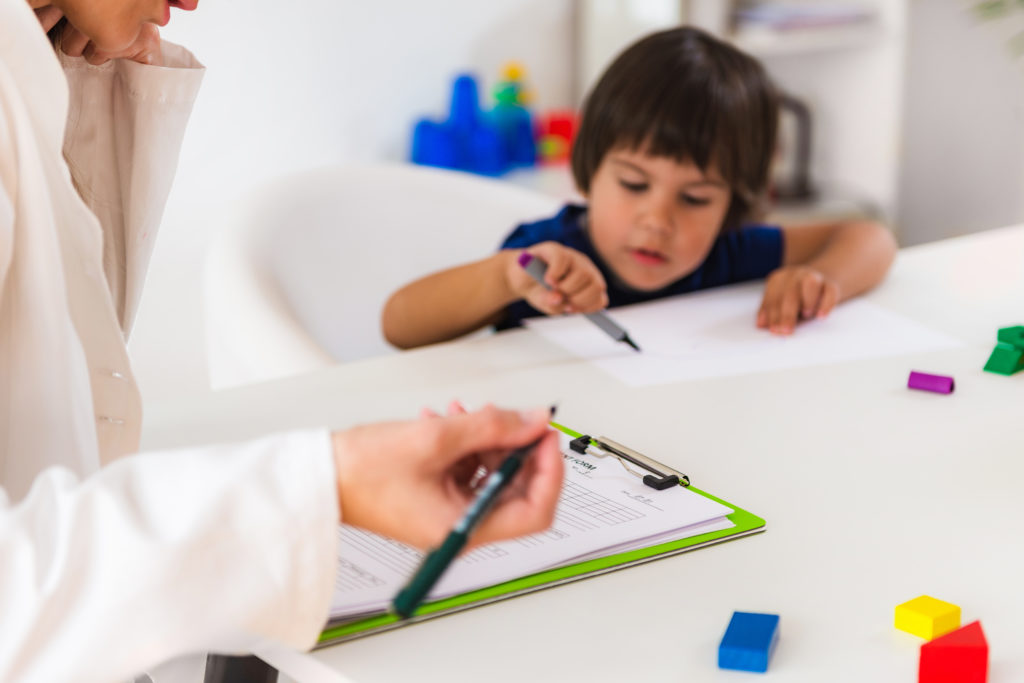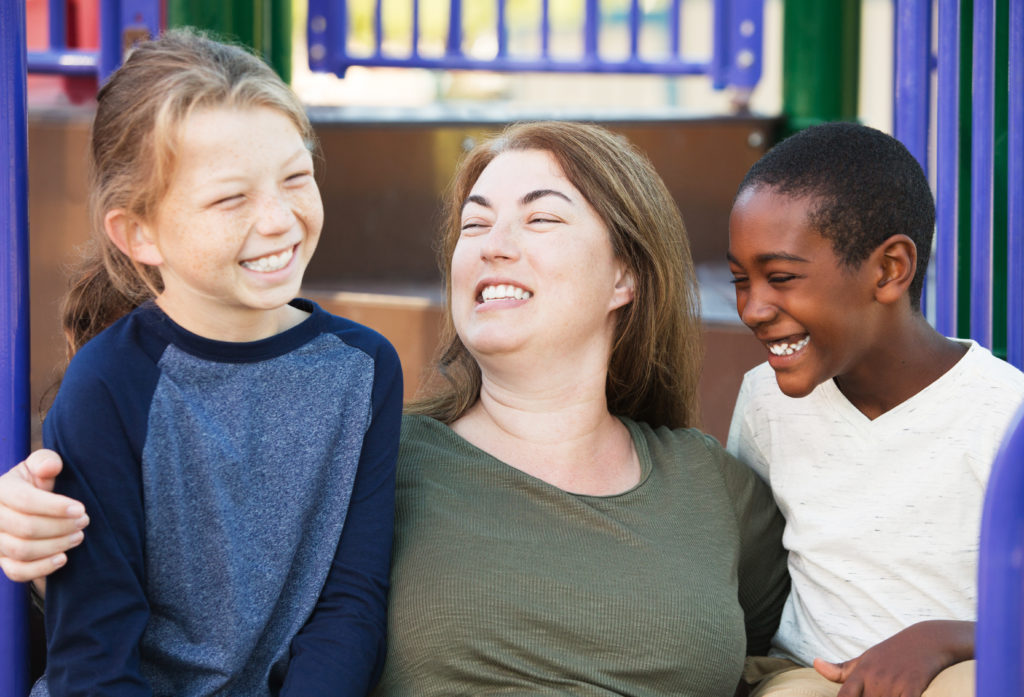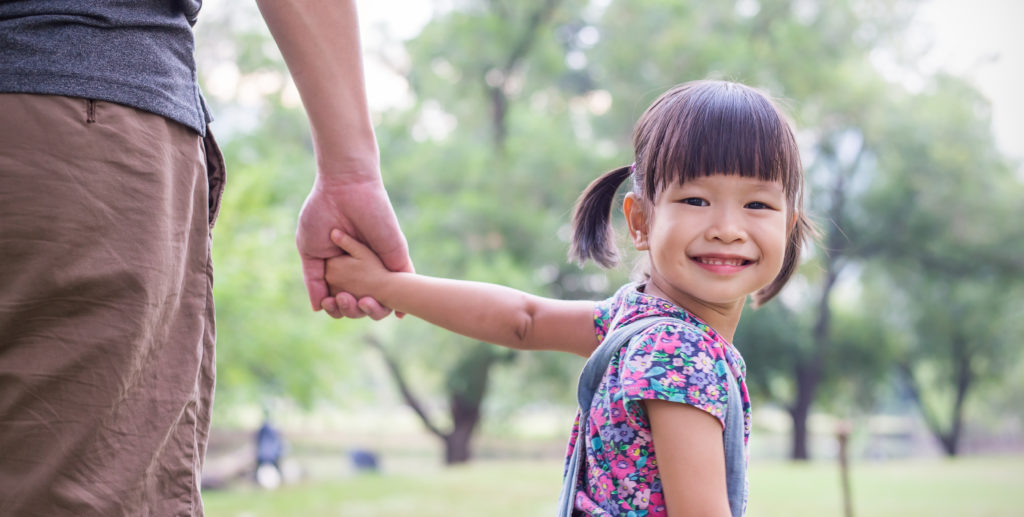Everyone has the right to feel safe all the time.
But we know that children are especially vulnerable to various forms of abuse and harm. There is a lot of talk about being ‘child safe’ – but what does it actually mean?
For us, being child safe means not only making sure all children are safe from harm when they visit us – but also making our health centres welcoming and trusted places where children can feel comfortable to disclose any concerns that they may have about their safety.
Why are Child Safe Standards important?
We’ve always known that children have the right to feel safe and to be safe – and at Your Community Health we have actively encouraged feedback from children.
However, there have been varying standards of care and practice when it comes to child safety across organisations. So the Victorian Government introduced the Child Safe Standards – a set of rules for all organisations that provide services to children, to make sure they have appropriate strategies, policies and practices in place to ensure children are protected from harm and abuse.
They are important because they set a minimum standard for all organisations to keep. Most importantly, this will protect more children from harm. But it will also help both adults and children to better understand which organisations are most committed to child safety.
What is our child safe commitment?
We have a statement of commitment to child safety that is supported by detailed policies and procedures about how we keep children safe.
Our statement of commitment to child safety
Your Community Health is committed to the safety, happiness, participation and empowerment of all children. We support and respect all children. We actively listen to children, ensuring their voices are heard and considered when we make decisions that affect them. We will promptly address any concerns they raise to ensure they are protected. We are an inclusive organisation and are committed to the cultural safety of Aboriginal children, the cultural safety of children from a culturally and/or linguistically diverse background and to providing a safe environment for children with a disability.
Your Community Health recognises that there is a continuum of harm and abuse, and that all such events on this continuum are damaging to a child. Your Community Health is committed to preventing the exposure of children to harm and abuse.
If a risk of harm or abuse to a child is raised, we have a strict process that all staff must follow to report it to our Child Safe Officer and relevant external authorities – and a timeline in which to investigate and respond to it.
Over the past year we have updated and reviewed our policies and procedures. We are also proud to have trained all our staff who work with children in how to identify and notify the appropriate authorities about any potential risk of child abuse.
In the coming year, we plan to get more feedback children and young people, so they can have a say in how our organisation works with them. We know that it is important for children to actively participate and have a say in what creates a place that makes them feel secure and comfortable.
We will also be recruiting and training Child Safe Contact Officers who will assist the Child Safe Officer in advising staff on implementing our systems and protocols to prevent, identify, manage and respond to any potential risks of child abuse that they may identify.
How you can help
We are constantly working to improve our services, so we’d love to hear from you if you have ideas about how we can improve our approach to child safety.
Here are some things you can do to help improve child safety:
- Talk to and listen to your child about their experiences of feeling safe in different organisations
- Ask organisations that your children attend for more information about their compliance with the Child Safe Standards – including us! Whether at school, an after-school club, sports club, health centre, religious group or community centre – organisations should be able to demonstrate that they have implemented the Standards
- At our health centres all staff should be clearly identifiable with a Your Community Health name tag and lanyard. You can ask someone to show you there identification at any time – and you can encourage your children to also ask to see this. If you have a comment, feedback or a concern about our services and child safe practices, you can contact me directly on (03) 8470 1111.
Thanks for your help keeping all children safe!



